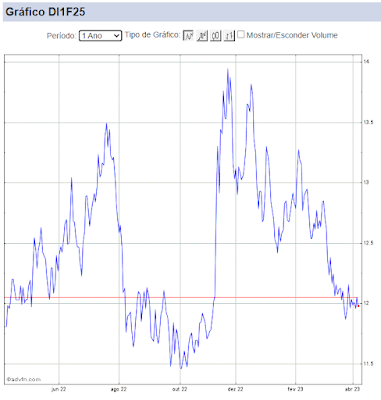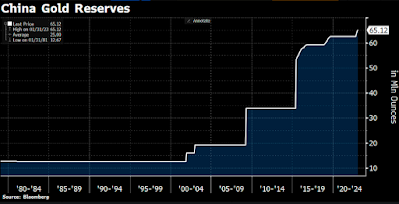Update.
O final
de semana foi, até o momento, de poucas novidades para o cenário.
No Brasil, os jornais continuam
especulando em torno de nomes de possíveis envolvidos na Operação Lava-Jato
mas, até agora, sem nenhuma novidade concreta que possa abalar a agenda de
reformas econômicas. O país continua em um cenário de inflação cadente e
crescimento pressionado, o que deverá dar impulso a um ciclo longo e agressivo
de queda de taxa de juros. As contas externas continuam apresentando um quadro bastante
saudável, com investimentos estrangeiros diretos abundantes, uma balança
comercial saudável e um déficit em transações correntes controlado. As contas
públicas ainda são uma fonte de preocupação, que torna imperativo a aprovação
de novas medidas de ajuste fiscal.
Na China, o “Monetary Report” do 4Q
confirmou a postura mais hawkish (dura, apertada) por parte do PBoC. Segundo a
Goldman Sachs:
The Q4 monetary policy report released
over the weekend calls for “stable and neutral” monetary policy going forward,
adopting the same phrase from last December’s Central Economic Work Conference.
This clearly strikes a hawkish tone in our view, as it is in contrast with the
report’s characterization of the past policy stance (described as "stable
and relatively loose on occasions”). The report also sheds a bit more light on
the asset size of banks’ off-balance sheet wealth management product exposures.In
the PBOC’s official communication, any shifts in policy stance are seldom
explicitly commented upon, and even when they are the language used is often
fairly subtle. By that standard, in our view the Q4 monetary policy report is
quite clear about the PBOC’s acknowledgment of the accommodative nature of its
policy stance in the past year. The report points out that M2 growth has still
been faster nominal GDP growth, and suggests that money is still increasing at
a high pace relative to the actual need of economic growth. It also highlights
a challenge faced by the PBOC—given that “various parties” hope for loose
monetary conditions and would like the central bank to increase money supply
when financial risks arise, credit extension has displayed “relatively strong
impulsiveness”. In practice, the implementation of monetary policy has been
“stable and relatively loose on occasions”, under the influence of various
factors such as downward pressures on growth and volatile financial market
movements.
No
mercado de FX/Câmbio global, a posição técnica do CFTC mostrou mais uma rodada
de redução das posições compradas em USD. Este relatório está em linha com o
movimento recente do dólar no mundo e mostra um mercado com quadro técnicao
cada vez mais saudável, porém em meio a grandes dúvidas em relação ao cenário
para política monetária, fiscal e econômica em geral que será adotada nos EUA.
Para a Goldman Sachs:
|
|


Comentários
Postar um comentário